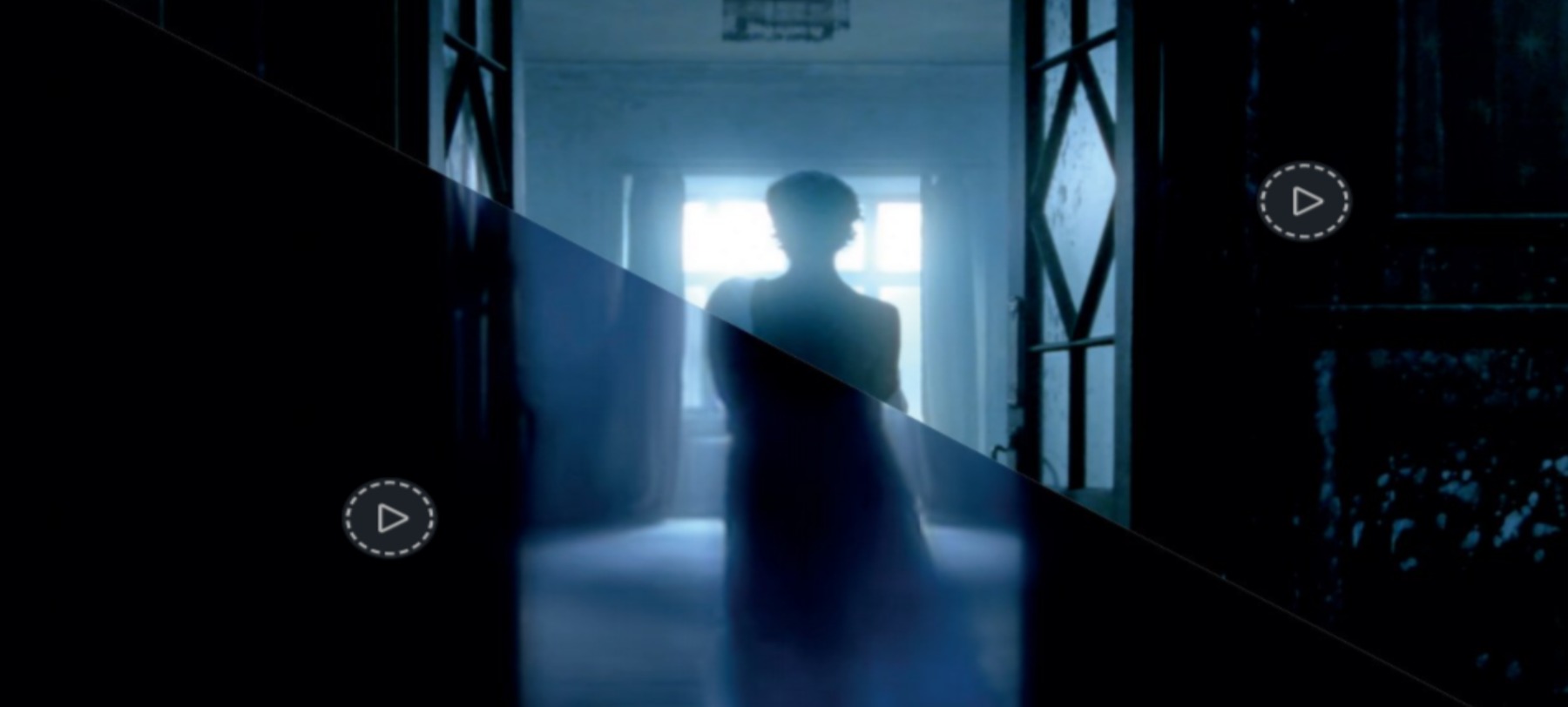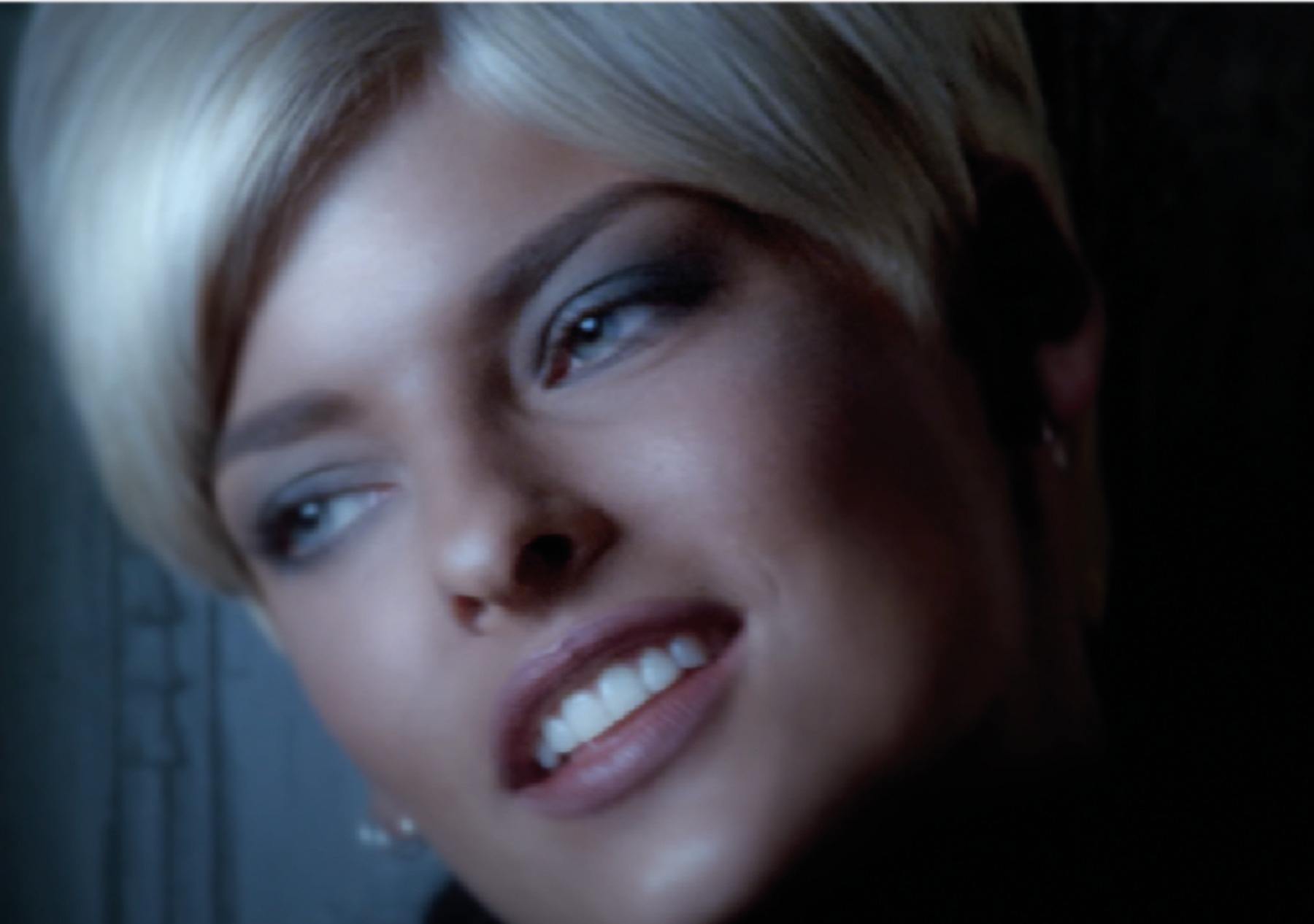
Fake pixels?
Posted on Apr 1, 2021
Why we’re feeling cynical about the 4K restoration of early digital cinema.
Words Chelsea Fearnley
The digital restoration of vintage film is a beautiful thing, enabling audiences to relive a screen experience as it was first seen. It also allows younger audiences to enjoy it more organically.
When scanning a film negative or print digitally, you can easily ramp up the resolution to 6K, since the image was formed with light instead of pixels. And that image is likely much closer to how it was projected and viewed in cinemas when first released. Which brings us to the big fat lie surrounding films rereleased on Blu-ray: the HD storage disc gave consumers the false impression they were buying the master version of their favourite film.
DOP, Eben Bolter BSC, explains: “Obviously, Blu-ray looks better than DVD, and DVD looks better than VHS, but Blu-ray isn’t a true representation of how film should be seen. Now, with digital scanning tools, audiences can finally appreciate just how good film was – and is.”
To further this point, we caught up with colourist Aidan Farrell, who’s brought many 16mm music videos from the seventies, eighties and nineties into the modern world. He explains that – without getting too radical about the whole film versus digital debate – when you bring film into the digital world, you view it in its comparative state. This means the film grain provides such amazing textures, the pixels almost become irrelevant.
Farrell has restored some big hits, including George Michael’s Freedom video, directed by David Fincher, as well as Depeche Mode videos, directed by Anton Corbijn. And even though he was the original colourist on many of the music videos he’s restored, he cautions against altering the image in the process. “I have to be faithful to how it would have looked when it was presented back in the day. I want to give audiences something new and special, but I don’t want to change anything. It’s an enhancement, not a manipulation.”
“If that video is opened up again and restored by someone else 20 years later, does that mean I am no longer that video’s colourist?”
This is a good point, especially if – unfortunately – it wasn’t possible for the original colourist to be brought back to restore the film. If that were to happen, would the new colourist rewrite history? Bolter ponders: “You build your career off being the colourist for a famous Madonna music video, for example. But if that video is opened up again and restored by someone else 20 years later, does that mean I am no longer that video’s colourist?”


Blurred lines
While film restoration is largely meaningful, it does raise concerns. Where lines really start to blur is in the 4K restoration of early digital film – that awkward period of filmmaking history when digital cameras first came out, but could only capture on to a 1080p sensor.
Bolter recalls: “I remember shooting on early Alexa cameras in 2010 and 2011 and talking about the fact that what we were creating did not feel future-proof.”
Now, many filmmakers of that time are looking to boost the pixels of their HD movies by restoring them in 4K. Some have already taken that step, as Paramount did with Michael Mann’s Collateral (2004) in December 2020. It was recently announced that Sony is rereleasing Nicolas Winding Refn’s Drive (2011) in 4K UHD.
But unlike 4K film mastering, upscaling 1080p to 4K is much less organic. Analogue doesn’t have a resolution like digital; its quality is dependent on the device you use to watch it and not your storage capacity. The quality of digital film, however, is dependent on storage (or pixels). This means that, to increase that quality, you need to increase the number of pixels.
“There are many ways to take something from HD to 4K – even a 4K Blu-ray player will automatically upscale an HD Blu-ray disc to 4K, but the process by which it’s doing that is AI. A machine amalgamates the additional pixels and decides how they should look,” explains Bolter. “In theory, you could run it through a very clever AI, then go through each shot frame by frame to improve it, but you’re still just creating pixels – it’s not a natural process.”
So, is selling a 4K upscale of a film that wasn’t shot in 4K a bit naughty? Bolter believes that films captured in this era should just be embraced.
“They’re a time capsule,” he says. “They have that sort of smeary, early digital look that’s beautiful in its own way. I don’t think it needs to be upscaled and changed; it needs to be appreciated for what it is, because it’s the master version. Upscaling something like Apocalypse Now is different – and necessary – because if you saw it in cinemas when it first came out, it would have looked an awful lot better than the VHS, DVD or Blu-ray look now.”

Future-proofing
We’ve reached a point in resolution capture technology where 8K is on the horizon, but unless you’re standing in front of your TV screen with a magnifying glass, the difference between that and 4K is marginal.
“I think 8K will only really become relevant once we have digital cinemas, and projectors are replaced with LED screens. But we can future-proof for that, because 8K cameras are already available,” says Bolter. However, it’s impossible to completely future-proof, because filmmaking has always gone hand in hand with technology, which is continually changing.
“For a time, it looked like 3D might take over, especially when Avatar came out. I remember seeing a lot of rereleases of old movies in 3D. Like Pixar’s Toy Story. And now, with 8K and beyond, our canvas is so much bigger. So, who’s to say what’s going to happen next?” says Bolter.
“Let’s say we have 12K virtual reality; Apple has just released some glasses and everyone’s watching movies in their head. You’re going to want to watch E.T. and Jurassic Park like that, but I would hope (as a film lover) it’s done in a way that mimics how it was first seen. And doesn’t cross a line by changing all the CGI, for example.”
If a film is constantly being remastered, at what point does it become finished? Restoring it to its rightful form is one thing, but adding extra details or modifications surely makes it a different film. Bolter wonders: “If you update the prose of Charles Dickens with modern words, what are you actually doing?”
Head to the April 2021 issue of Definition to see more 4K restoration image and video comparisons.











